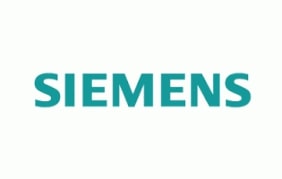Red Hat System Administration I
Course Description
The first of two courses covering the core system administration tasks needed to manage Red Hat Enterprise Linux servers
Red Hat System Administration I (RH124) equips you with Linux administration "survival skills" by focusing on foundational Linux concepts and core tasks. You will learn how to apply command-line concepts and enterprise-level tools, starting you on your journey toward becoming a full-time Linux system administrator. This path continues with the follow-on course, Red Hat System Administration II (RH134).
This course is based on Red Hat Enterprise Linux 8.2.
Content Summary
- Introduction to the command line
- Managing physical storage
- Install and configure software components and services
- Establish network connections and control firewall restrictions
- Monitor and manage running processes
- Manage and secure files and file systems
- Administer users and groups
- Review the system log files and journal for issues
- Troubleshoot problems and analyze systems with Red Hat Insights
- Remotely manage systems with SSH and the Web Console
Red Hat System Administration II
Course Description
Focuses on the key tasks needed to become a full-time Linux administrator.
Red Hat System Administration II (RH134) serves as the second part of the RHCSA training track for IT professionals who have taken Red Hat System Administration I (RH124). The course goes deeper into core Linux system administration skills in storage configuration and management, installation and deployment of Red Hat Enterprise Linux, management of security features such as SELinux, control of recurring system tasks, management of the boot process and troubleshooting, basic system tuning, and command-line automation and productivity.Experienced Linux administrators looking for rapid preparation for the RHCSA certification should instead start with RHCSA Rapid Track (RH199).
This course is based on Red Hat Enterprise Linux 8.2.
Content Summary
- Install Red Hat Enterprise Linux using scalable methods
- Access security files, file systems, and networks
- Execute shell scripting and automation techniques
- Manage storage devices, logical volumes, and file systems
- Manage security and system access
- Control the boot process and system services
- Running containers
Enterprise Linux Automation With Ansible
Course Description
Learn how to automate Linux system administration tasks with Ansible
Red Hat Enterprise Linux Automation with Ansible (RH294) teaches the skills needed to manage large numbers of systems and applications efficiently and consistently. You will learn the techniques needed to use Ansible to automate provisioning, configuration, application deployment, and orchestration.
This course is based on Red Hat Enterprise Linux and Red Hat Ansible Engine 2.8.
Content Summary
- Install Ansible / Red Hat Ansible Engine on control nodes.
- Create and update inventories of managed hosts and manage connections to them.
- Automate administration tasks with Ansible Playbooks and ad hoc commands.
- Write effective playbooks at scale.
- Protect sensitive data used by Ansible with Ansible Vault.
- Reuse code and simplify playbook development with Ansible roles.























































